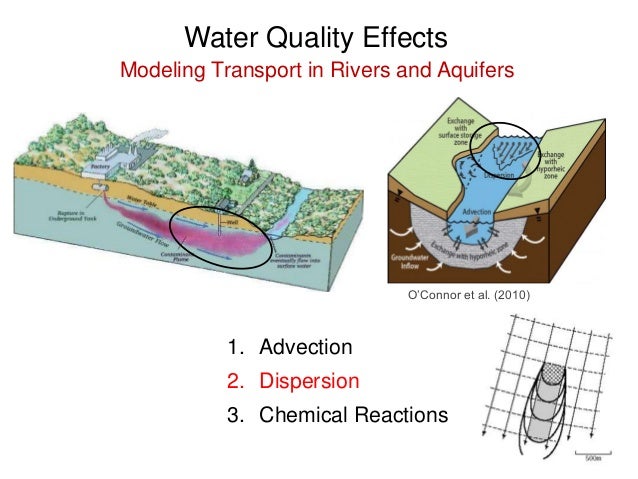
Soil temperatures, TDR measurements of soil moisture, a tracer experiment conducted at an adjacent site and changes in electrical resistivity were used to validate the model of infiltration and thawing. Different infiltration scenarios were tested. Soil physical data and heterogeneity was based on local soil measurements. The dependency of capillary pressure and permeability on water saturation is taken from the van Genuchten equation. Monitored weather and snow melt data defined the boundary conditions of a simulated unsaturated profile with seasonal freezing.

In this study, we want to test the suitability of a newly developed numerical model for water and heat transport including phase change (modified version of SUTRA_ICE, described in McKenzie et al.,2007) in a variably saturated soil against field observations. In 2001, French and Binley (2004) observed a highly variable snowmelt infiltration over a small area at Gardermoen, Norway, monitored with time-lapse electrical resistivity measurements. In situations where snow is contaminated, such as along highways and airports due to de-icing agents, the area that takes part in the early infiltration will determine the retention time and potential for degradation in the unsaturated zone. Infiltration during snowmelt can be highly heterogeneous due to the formation of ice on the ground surface below the snow cover. Geological Survey, Menlo Park, CA 94025 USA Helen Kristine French 1, Andrew Binley 2 and Cliff Voss 3ġNorwegian University of Life Sciences, 2Lancaster Environment Centre, Lancaster University, UK, 3U.S. ORAL PRESENTATIONS Modelling snowmelt infiltration in a seasonally-frozen soil monitored by electrical resistivity measurements Groundwater transport in cold, changing climates: theory, experiments, models


 0 kommentar(er)
0 kommentar(er)
